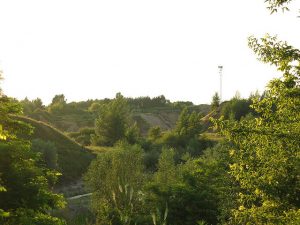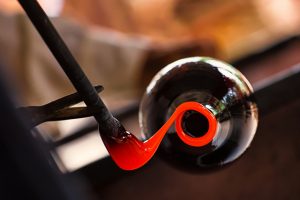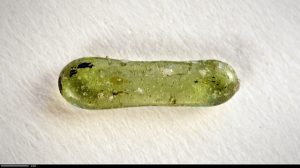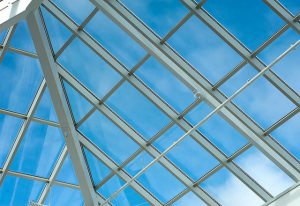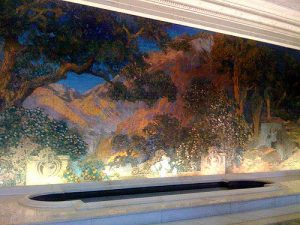Archaeologists find 2,000 year old Polish glass factory
Archaeologists have discovered a 2,000-year old workshop that apparently produced glass and metal products. The site, on Mount Grojec in south central Poland, contained furnaces, glass beads, glass making equipment, grinders and waste glass. According to the researchers, the factory took in raw glass and metal from elsewhere and created finished goods at the site.
The team plans to examine the raw glass for clues about its origins. The researchers, from the University of Wroclaw, suspect that the materials could have come from as far away as the Mediterranean. The find is surprising because archaeologists had previously thought that no glass making facilities existed in Poland prior to the Middle Ages.
Proof that glass and metal were worked extensively in the area changes the way archaeologists think about the societies that occupied the areas at the time. Evidence of human habitation in the area dates back to the 5th and 6th centuries, BC, but until the discovery of the glass furnaces, researchers had not been able to determine that significant economic activity had taken place there.
Archaeologists found large quantities of glass products near the furnaces. Included in the finds were colored beads and cracked objects that had been abandoned by their makers due to production defects. Crucibles at the site are believed to have been used for smelting bronze. In addition, the archaeologists found grinders, which would have been used to make finished goods.
Also in the area surrounding the glass furnaces were a few buildings that appeared to be homes. Despite the finds, the archaeologists know little about the people who inhabited the area during the time the glass factory was operational. The initial area was excavated from 2012-2014, but the researchers will publish their findings this spring.
Glassprimer™ glass paint is a specialized glass coating that bonds permanently to glass surfaces. GlassPrimer also makes a glass surface molecular activator that is designed to work with UV-inkjet glass printing processes. Glassprimer™ glass paint can be used in both interior and exterior applications and can help reduce solar heat gain in some applications. For more information about Glassprimer™ glass paint, please visit the rest of our site. If you’d like to purchase Glassprimer™ glass paint, please visit our online store .
Photo Credit: Pawel Kabanski, via Flickr.com

